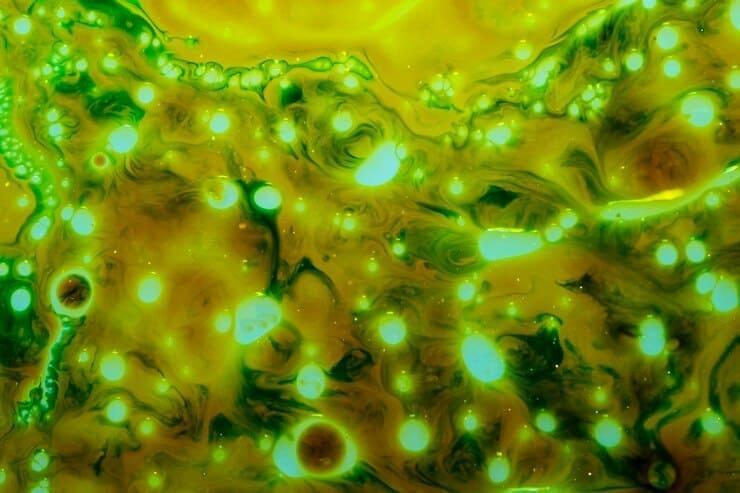KEY TAKEAWAYS
- The study aimed to investigate the novel therapeutic potential of SBG in enhancing the survival rate of OSCC patients.
- Researchers noticed a comprehensive understanding of the therapeutic mechanisms of SBG in OSCC patients, highlighting its promising potential for future treatment.
Oral squamous cell carcinoma (OSCC), comprising over 90% of oral carcinomas, faces suboptimal 5-year survival rates necessitating innovative therapeutic strategies. Scutellaria baicalensis Georgi (SBG), from the Lamiaceae family, exhibits antioxidant, anti-inflammatory, and anticancer properties. Prior research underscores SBG’s efficacy in OSCC treatment.
Zeynab Bayat and her team aimed to access the therapeutic mechanisms of SBG in OSCC, leveraging systems biology and structural bioinformatics analyses.
Researchers performed an inclusive analysis utilizing a system biology approach to pinpoint differentially expressed miRNAs (DEMs) in OSCC patients with contrasting prognoses. Subsequently, a protein interaction map (PIM) was constructed based on DEMs targets, highlighting hub genes within the PIM. The prognostic significance of these hubs was explored using Kaplan-Meier curves. In parallel, the binding affinity of SBG main components—baicalein, wogonin, oroxylin-A, salvigenin, and norwogonin—to identified prognostic markers in OSCC was evaluated through molecular docking analysis.
Survival analysis, revealed a significant association between the overexpression of CAV1, SERPINE1, ACTB, SMAD3, HMGA2, MYC, EIF2S1, HSPA4, HSPA5, and IL6, and a poor prognosis in OSCC. Furthermore, molecular docking analysis provided ΔGbinding and inhibition constant values for SBG’s main components against SERPINE1, ACTB, HMGA2, EIF2S1, HSPA4, and HSPA5, ranging below <-8.00 kcal/mol and at nanomolar concentrations, respectively. Notably, the most robust binding affinity was observed between wogonin and SERPINE1, meeting the criterion of ΔGbinding < -10.02 kcal/mol.
The study concluded by unraveling potential therapeutic mechanisms of SBG in OSCC through comprehensive systems biology and structural bioinformatics analyses.
Source: https://pubmed.ncbi.nlm.nih.gov/38322303/
Bayat Z, Mazaheri T, Farhadifard H, et.al (2024). Mechanisms Involved in Therapeutic Effects of Scutellaria baicalensis Georgi in Oral Squamous Cell Carcinoma Based on Systems Biology and Structural Bioinformatics Approaches. Biomed Res Int. 2024 Jan 30;2024:1236910. doi: 10.1155/2024/1236910. PMID: 38322303; PMCID: PMC10846925.



